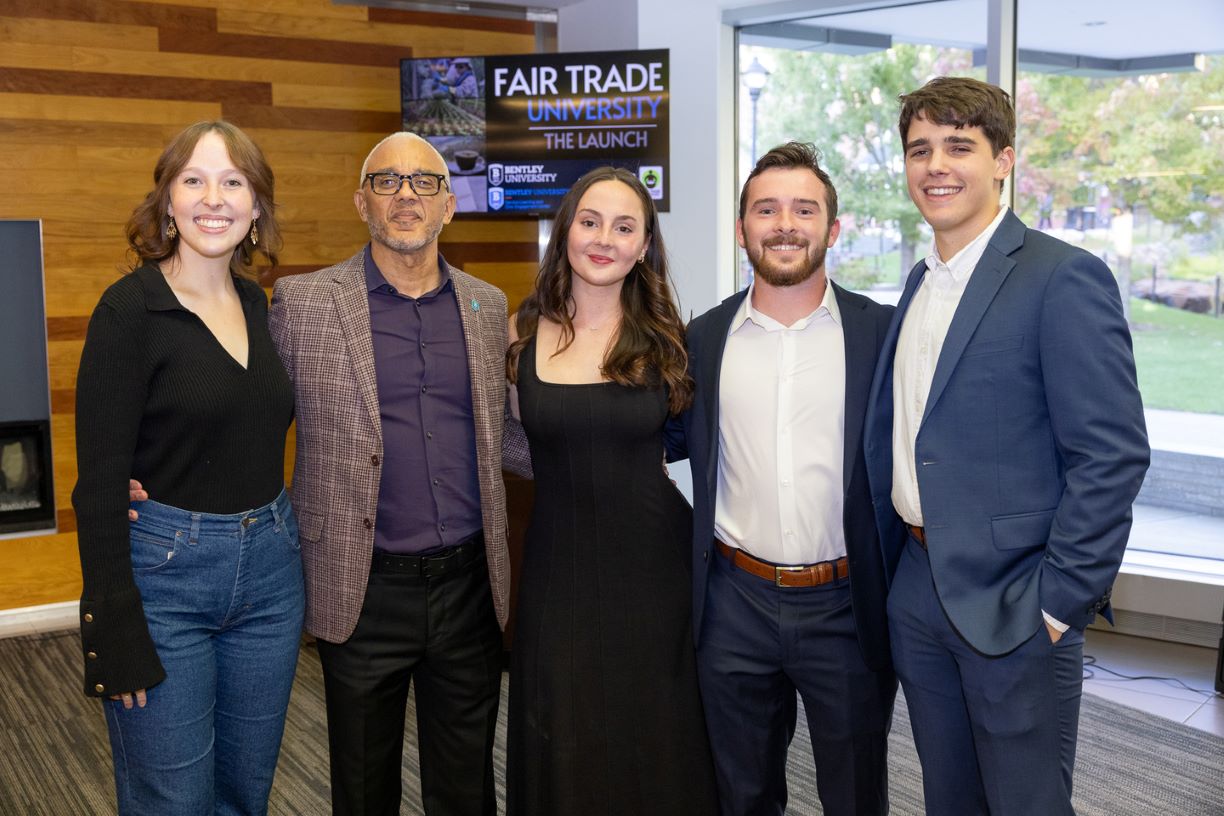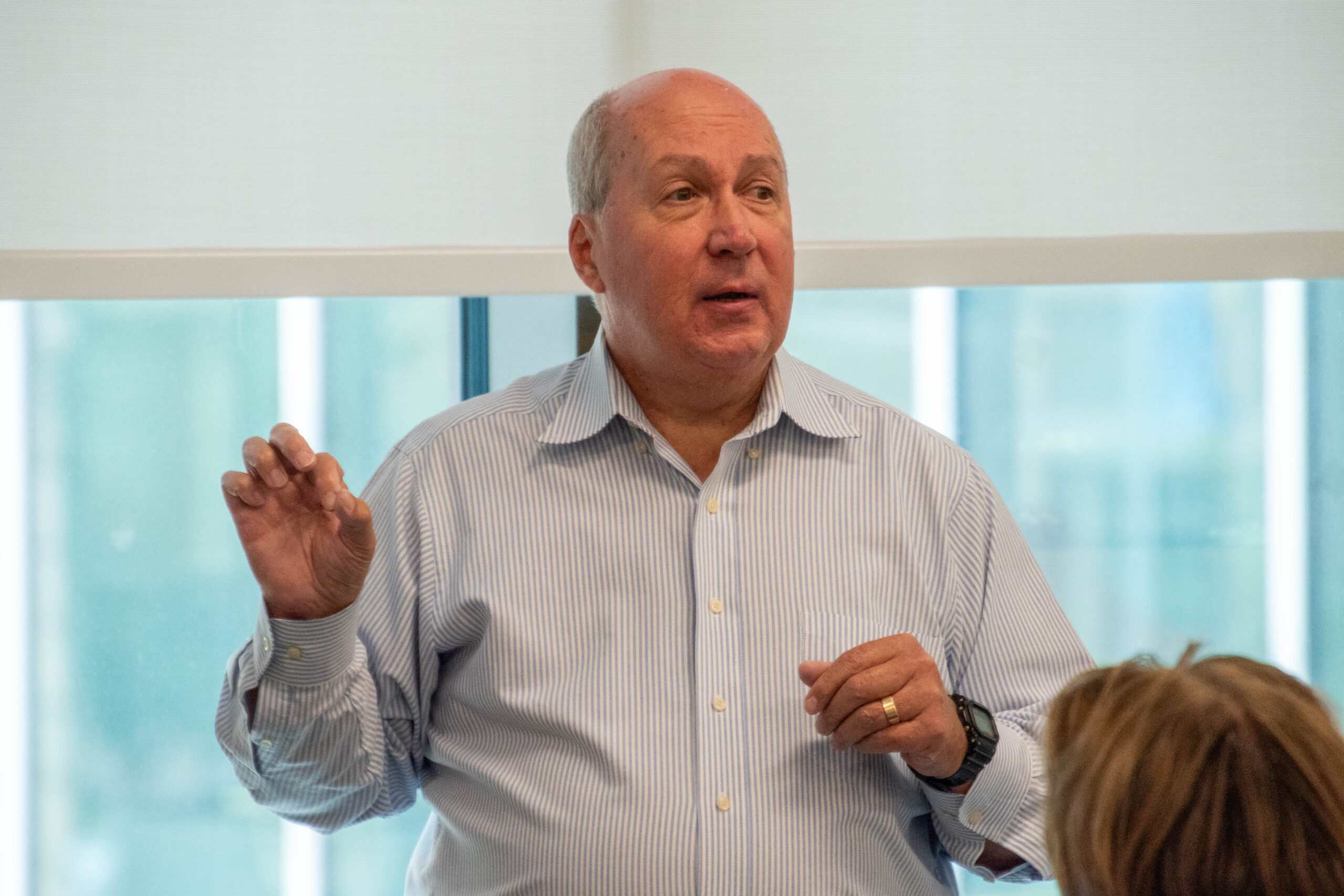Jobs
Michigan wants more projects and jobs. Can it devise a better strategy to get them?

Gov. Gretchen Whitmer and her allies stood on the porch of the Grand Hotel at the state’s preeminent business summit and outlined Make It in Michigan, a broad-strokes, three-pronged economic development vision.
One pillar? Winning more projects — investment and jobs from companies choosing to expand in or locate to Michigan. “We’re on the same page about economic development,” the Democratic governor said at the Mackinac Policy Conference, less than two months after she signed a law solidifying the state’s nascent, marquee business attraction fund with up to $1.5 billion over three fiscal years.
A year later, however, the strategy is unsettled and in legislative limbo. Lawmakers are debating the worthiness and size of existing incentives used to keep and lure companies — and whether new ones, such as a tax incentive for job creation, should be added to the mix.
Such wrangling over business subsidies is not new, given Michigan’s political pendulum and shifting economic fortunes over the decades. But several factors are putting economic development under the microscope to a degree perhaps not seen before in the Capitol, where Whitmer and the Democratic-led Legislature may forge a plan in the next month after talks stalled last year.
Potential changes
The governor wants new, enduring incentives to keep the state competitive and to provide a predictable economic development policy. The push comes amid the auto industry’s budding electric vehicle realignment, a massive federal push to lure manufacturing jobs back “onshore” and sobering population projections that threaten Michigan’s long-term prosperity.
Lawmakers are on board with two proposals, a research and development tax credit and more flexibility to create tax-free Renaissance Zones. They are split or noncommittal on two others, to again let certain companies capture income taxes for new jobs — Michigan had such an incentive from 2017 to 2019 — and to create an innovation fund to invest in early-stage startups.
Keep up with all things West Michigan business. Sign up for our free newsletters today.
The biggest fight, though, is over something Whitmer is not spearheading — an overhaul of the Strategic Outreach and Attraction Reserve Fund, the closing fund she and legislators created 2 1/2 years ago in response to Ford Motor Co.’s bombshell move to put new EV battery and assembly plants in Tennessee and Kentucky.
RELATED: Six ideas to help lure more businesses, jobs to Michigan
Senate-passed bills would dedicate half of the fund’s money, up to $500 million of the maximum $1 billion earmarked over this budget year and next, to a new initiative called Michigan 360. It would support funding for things like regional transit, affordable housing, the redevelopment of demolished or vacant properties, infrastructure, child care and job training.
“It’s a more effective way to do economic development now that has a higher return on investment,” said a leading sponsor, Sen. Mallory McMorrow, D-Royal Oak.
The legislation is modeled on how Virginia secured Amazon’s additional headquarters in 2018 with, yes, cash grants but also investments in education and transportation infrastructure that comprised a majority of the offer, she said.
“Fundamentally, I think Michigan has to evolve,” she said. “We have to evolve to be less reactive and more proactive.”
Ways to spur growth
Incentives, McMorrow said, too often are “the first tool instead of the last one.” The goal should be to get to a point where a community or region’s workforce and assets are so attractive that they are not needed, but it would be “pretty naïve to think we can just cut them off in one fell swoop,” she said.
“There’s sort of the existential question of whether or not you should do (economic development) because there’s people who say, ‘Well, the state is picking winners and losers. It shouldn’t be in that business.’ I think we should be, but we should use it in a way that gets us on the trajectory of where we want to go as a state,” McMorrow said.
COMMENTARY: Michigan’s economic strategy needs long-term planning
SOAR, which could soon be renamed the Make It in Michigan Fund, has helped land large, “transformational” manufacturing projects that remain important in an industrial state that is home to nearly 20% of all U.S. auto production. They include new auto, EV battery and solar plants that have committed a combined $15 billion in investment and more than 14,400 new jobs.
Without the account, proponents say, Michigan risks losing out at a time it can ill afford to amid electrification and fierce interstate competition for investment being spurred by federal climate and clean energy tax credits.
“The federal dollars say, ‘Hey, come to the U.S.’ That doesn’t say, ‘Come necessarily to Michigan,’” said Quentin Messer Jr., CEO of the Michigan Economic Development Corp. and chair of the Michigan Strategic Fund.

While SOAR was a response to Ford’s decision, he said, the state also is trying to “match the moment” of U.S. industrial policy, when billions of funding in the Infrastructure Investment and Jobs Act, the Inflation Reduction Act and the CHIPS and Science Act is on the table.
He pointed to competition not only with 49 other states but also places like Canada, where the provinces of Ontario and Quebec and the national government are “very aggressive.”
“We are in a global competition for capital that’s even more mobile, especially in those sectors in which Michigan excels … the hard tech, deep tech, manufacturing, advanced manufacturing at scale, which are heavily capital intensive before they ever create a dime of revenue let alone profit.”
COMMENTARY: Improve Michigan’s business subsidy transparency and accountability
SOAR, however, is under scrutiny on both sides of the aisle. It gets more attention than other subsidies due to its size, newness and a requirement that legislative budget committees review and OK disbursements. Lawmakers have leverage to push for changes because it has no ongoing source of revenue — currently corporate income taxes — beyond the 2024-25 budget year.
Criticism of the fund runs the gamut: “Corporate welfare” does not work and comes at the expense of smaller businesses and startups. The incentives are expensive — nearly $2 billion to date. The promised factory jobs will not pay enough and more should be done to boost prosperity by preparing, retaining and attracting young professionals. Some of the battery factories being built have ties to China. The EV transition is slower than anticipated and has led Ford, for instance, to scale back its battery plant in Marshall.
“We didn’t used to write $100 million checks to land factories here in the state of Michigan or around the country. And over the past 30 years, that has changed. And that has changed for the worse, and it has changed in a way that I think is inappropriate,” said James Hohman, fiscal policy director for the Mackinac Center for Public Policy in Midland, a critic of incentives generally.
Key factor: Implementation
Legislators and Whitmer are talking about extending SOAR another 10 years but directing a smaller amount to it annually and ensuring a percentage goes to community investments. Diminishing the pot for critical industry and site readiness grants and inserting new criteria the state would consider before awarding incentives has drawn concern from business groups, economic development officials and the governor.
“I agree with the approach. I disagree with the source of funding,” said Bob Trezise, president and CEO of the Lansing Economic Area Partnership, whose region is benefiting from the construction of a $2.5 billion, 1,700-job EV battery plant in Delta Township to be operated by Ultium Cells LLC, a joint venture between General Motors Co. and LG Energy Solution Ltd. It is part of the first-ever SOAR projects, a $666 million deal, that also included the $4 billion expansion and conversion of GM’s Orion Township assembly plant to make EV trucks, creating 2,300 jobs.

“I think we need every penny of the $500 million of SOAR money for the businesses. I’d like to see $500 million for SOAR and $250 million for community benefit,” said Trezise, who said the package in hindsight “would have been even more perfect” with extra funding for housing, transit and child care.
He said there is no doubt in his mind that the factory, now about three-quarters done, would be in a nearby state without SOAR. Roughly 2,000, mostly union-trained construction workers are working at the site over a 2 1/2-year period.
“That’s not talked about at all,” he said. “But that’s a long time to have a very steady, good income. And that’s a lot of people, too, in our community.”
COMMENTARY: How to increase the benefits of economic development policies
Tim Bartik, a senior economist at the W.E. Upjohn Institute for Employment Research in Kalamazoo, studied Ford’s $2.2 billion, 1,700-job project in Marshall and concluded, to his surprise, that the benefits are significantly greater than the incentive costs. That is because of a higher multiplier — related supplier and retail jobs — its location in a county that needs jobs and the incentives not coming from revenue that funds schools.
Bartik generally thinks cash incentives are overused and should be reformed. He supports the approach of shifting dollars to community infrastructure and services but said the “devil’s in the details.”
“If the state’s handing out these grants for efforts to strengthen job training services and child care services in the neighborhood and other things like helping people get transportation access, etc., that program could be poorly run or run great,” he said. “When you talk about any kind of policy, implementation’s absolutely key.”
The SOAR debate is linked to another contentious incentives topic — restoring and changing the Good Jobs for Michigan program that lawmakers let lapse in 2019. The largest withholding tax capture incentive, $99 million, was awarded to Stellantis NV as part of its plan to spend $2.5 billion and add 4,950 jobs in Detroit. That included opening the city’s first new assembly factory in decades, Mack, and expanding the Jefferson facility.
Good Jobs would be renamed the High-wage Incentive for Regional Employment, or HIRE, program. The state could lure businesses by letting them capture up to 100% of income taxes from new jobs — at least 25 jobs paying 175% of the regional median or a minimum 250 jobs equal to 150% of the regional median. The overall cost would be limited to $125 million a year.
COMMENTARY: NFL Draft shows possibilities for development with proactive strategy
The previous incentive was “absolutely important” when California-based KLA Corp., a semiconductor company, decided in 2018 to locate its second headquarters in Ann Arbor, said Paul Krutko, president and CEO of Ann Arbor Spark, the area’s economic development organization.
“Without that tool, they would likely be in Toronto today because at the end of the day, that’s who we ended up competing with,” he said, calling KLA the successful “poster child” because it hired more than 500 engineers and other employees it promised in exchange for a $16 million grant.
HIRE would be effective in securing high-paying jobs at companies that add positions but do not plan major capital expenditures like those that have gotten SOAR funds, Messer said.
“It helps companies of all sizes, companies that are I would say in the more knowledge, less physical product development, product manufacturing,” he said. “We can attract those R&D centers, those design centers that could potentially allow us to also land ultimately a manufacturer. It just allows us to have a broader set of tools to compete for a broader set of opportunities.”
HIRE’s fate appears to be inextricably linked to SOAR changes. In the House, where Democrats have a razor-thin 56-54 edge, Republican Minority Leader Matt Hall said reforms must start with the entire Legislature voting on SOAR transfers to back specific deals — not just the appropriations panels.
Lawmakers also may insist that SOAR projects pay better wages and that businesses getting a SOAR grant do not also receive a HIRE incentive or vice versa.
“I think we need to make sure it doesn’t all go to electric battery plants, that it’s spread out more diversely,” Hall said.
The path ahead is uncertain. SOAR was created when Michigan enjoyed large influxes of state tax revenues from federal pandemic-related stimulus efforts. Those surpluses are over.
“Our policymakers have a pie, and they have to decide what is the best mix. It shouldn’t be one or the other,” said Maureen Donohue Krauss, president and CEO of the Detroit Regional Partnership, which focuses on economic development in Southeast Michigan. Things like child care, job training and transportation are critical to ensuring that residents have job opportunities, businesses have trained workers and communities attract outside talent, she said.
“It’s hard. I mean, that’s what policymakers get paid to do is figure out how to cut up the pie.”










